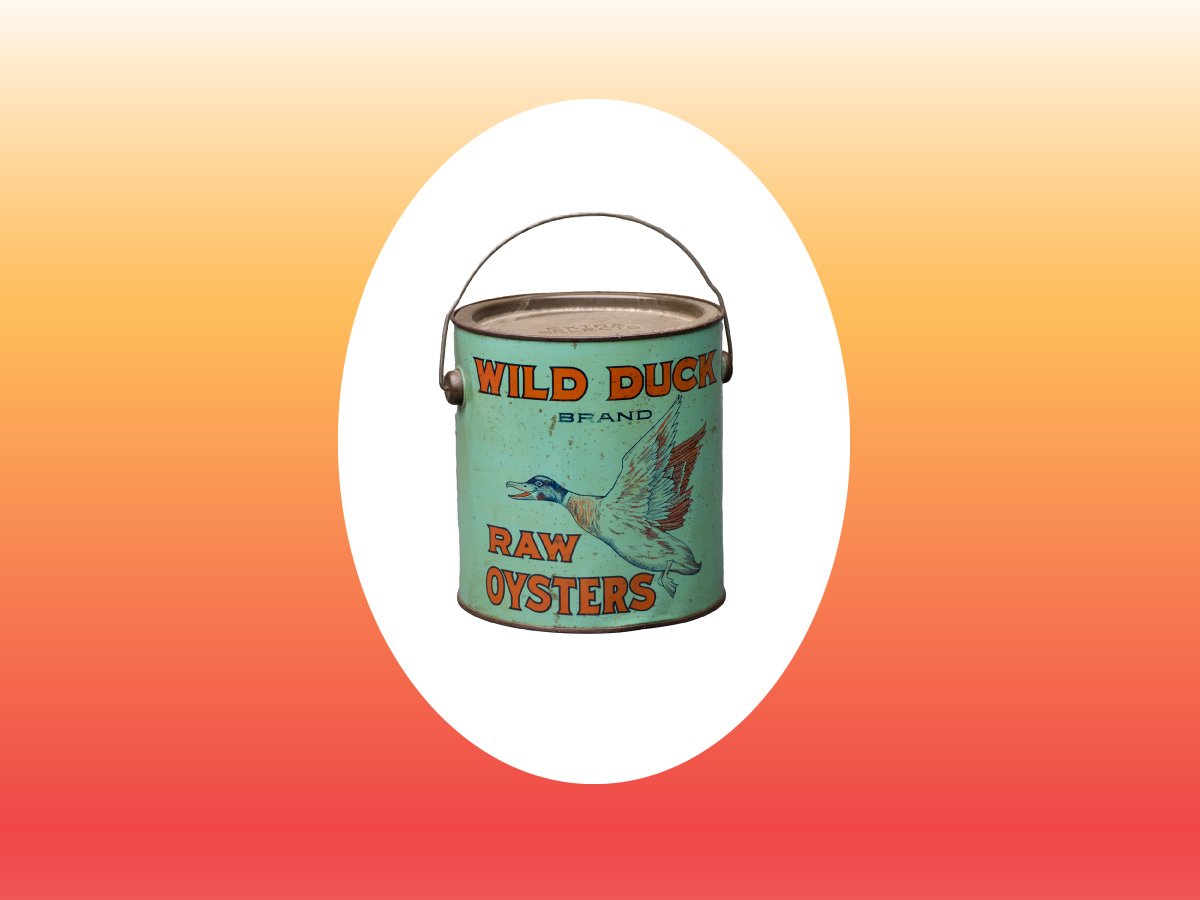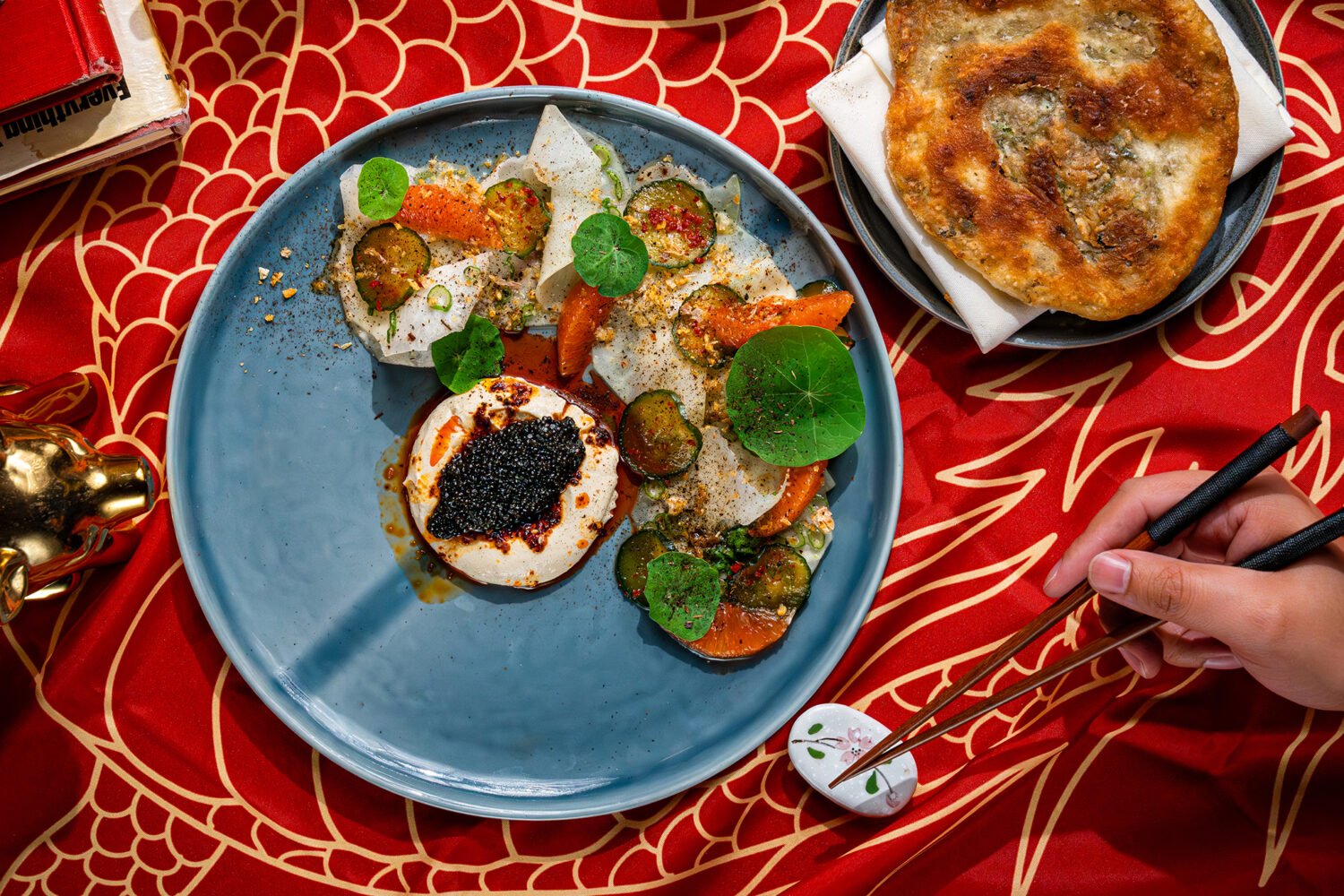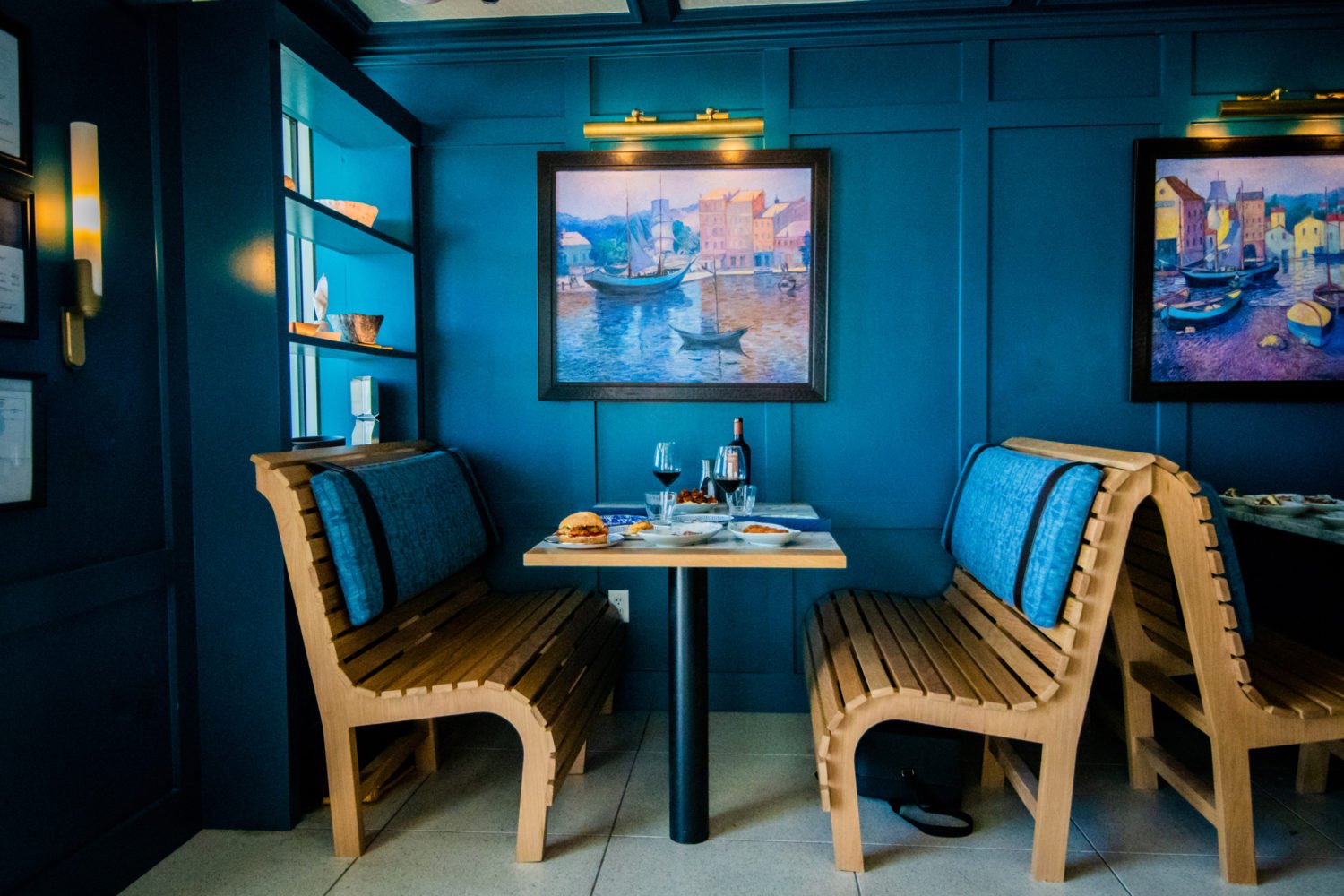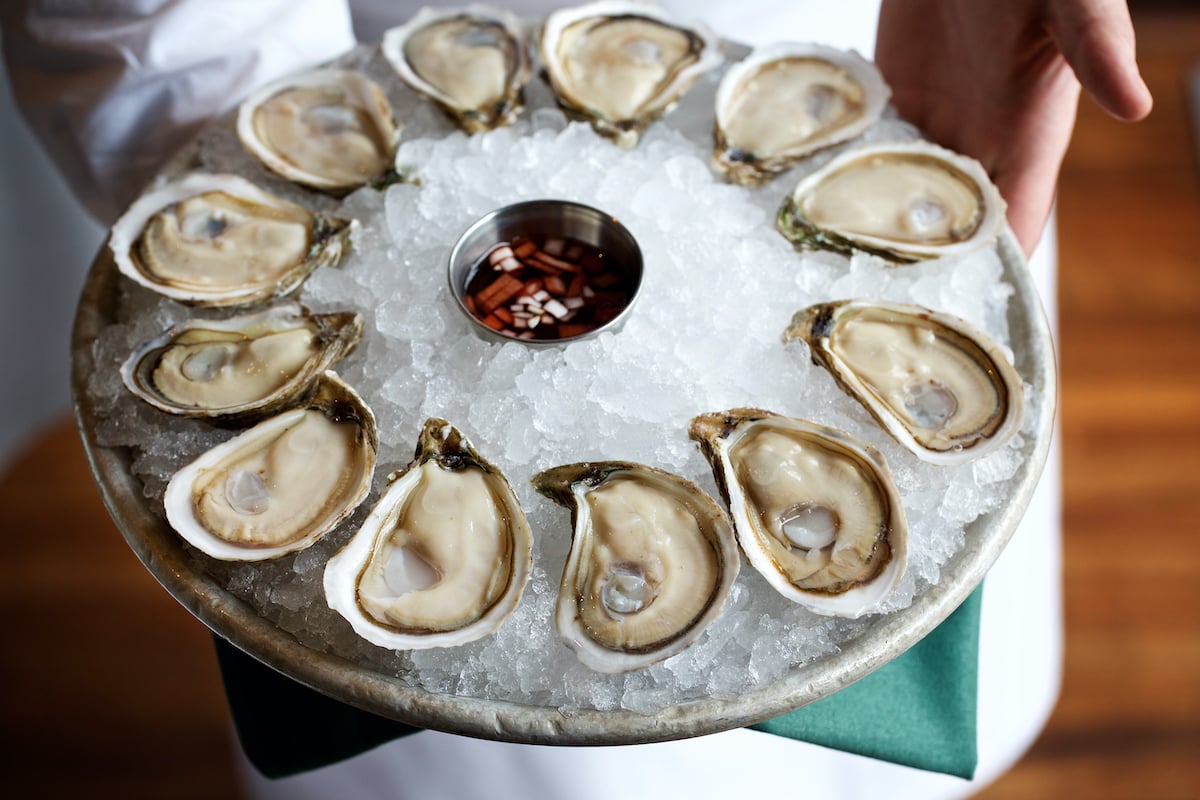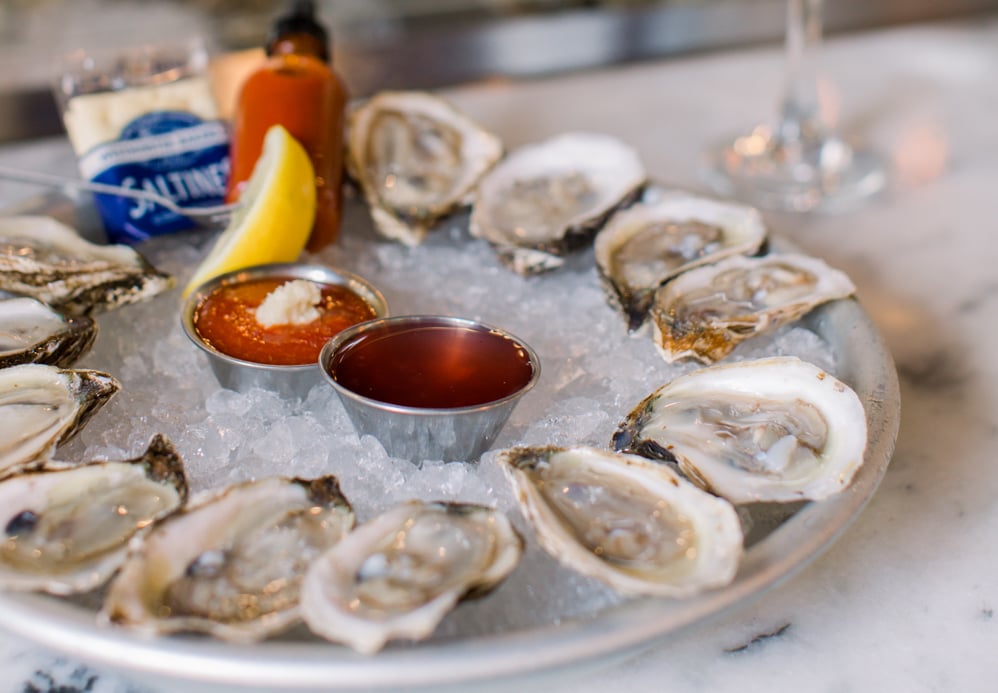Blue crabs may be the most prized catch of the Chesapeake now, but oysters were the bay’s original star delicacy. Commercial oystering took off in the region after the Civil War birthed new technologies for preserving, packaging, and distributing the bivalves, which were stored in tin-plate cans. The Eastern Shore’s Chesapeake Bay Maritime Museum (213 N. Talbot St., St. Michaels) is home to a collection of roughly 650 tins, which together are worth more than $200,000. They provide a snapshot of the hundreds of oyster companies that worked the bay’s waters. Here are the stories behind five notable cans.
1. Epicure
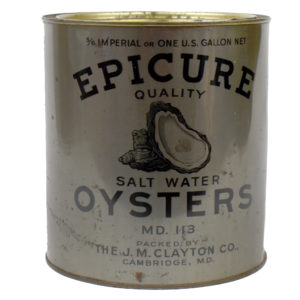
Manufactured during World War II, this gallon can had a shucked-oyster logo that was lacquered on. “It was used as alternative coating,” says Pete Lesher, chief historian for the museum, “because paint has lead in it, and that was used as a war material.”
2. Maryland Beauty
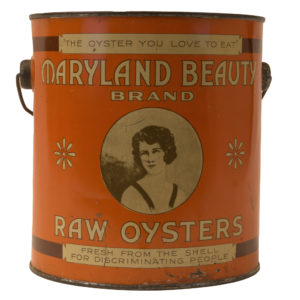
“This is ageless advertising: Sex sells,” says Lesher of this early-20th-century can adorned with an attractive woman, perhaps intended to trigger thoughts of the bivalve’s mythic reputation as an aphrodisiac.
3. Navy
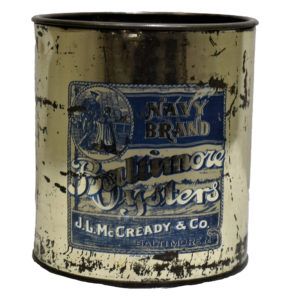
Lesher believes this can may have been manufactured in Baltimore circa 1910 with tin plate produced at the city’s Sparrows Point steel mill. The name takes inspiration from the Navy Point neighborhood in St. Michaels, where the museum currently stands.
4. Christy’s
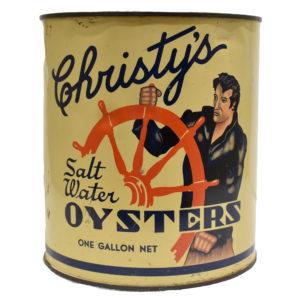
“In the collector’s community, this is the ‘Elvis tin,’ ” says Lesher. The label’s similarity to the King of Rock ’n’ Roll is coincidental–the can was produced in the mid-20th century before Presley’s rise to stardom.
5. Wild Duck
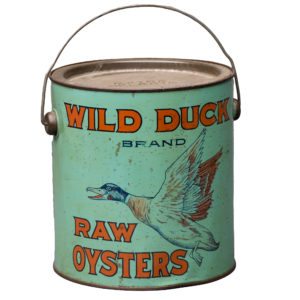
This pre-WWII can is one of the collection’s rarest items. It’s also among the most confounding. “It’s evocative of the Chesapeake and graphically spectacular,” says Lesher, “but why would you sell oysters with the image of a duck?”
This article appears in the November 2023 issue of Washingtonian.

